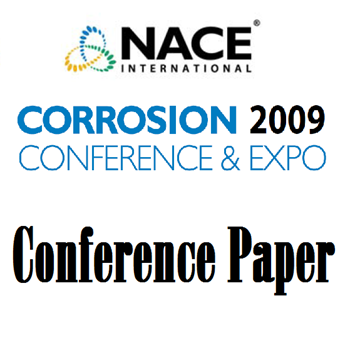Search
09156 An Investigation of Failed Burner Tubes Used for Silicon Steel Strip Annealing – Damage Assessment and Possible Measures to Improve Performance
Also Purchased
09161 Proposed Metal Dusting Mechanism in Lower Temperature, High Steam Syn Gas
Product Number:
51300-09161-SG
ISBN:
09161 2009 CP
Publication Date:
2009
$20.00
09157 Metal Dusting Behavior of New Ni-Base Alloy in a Laboratory Carbonaceous Environment
Product Number:
51300-09157-SG
ISBN:
09157 2009 CP
Publication Date:
2009
$20.00
09153 Control of Metal Dusting Using Alloy Selection, Coatings and Inhibitors
Product Number:
51300-09153-SG
ISBN:
09153 2009 CP
Publication Date:
2009
$20.00



